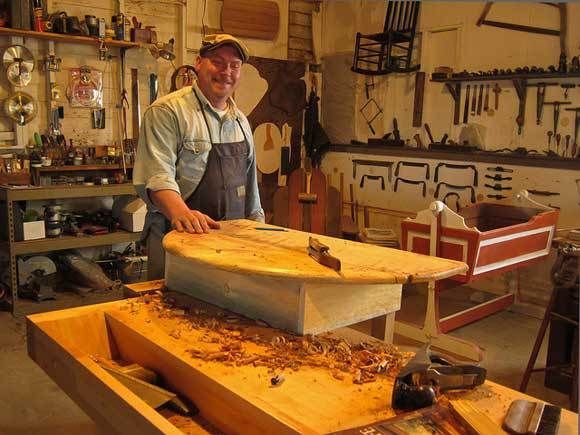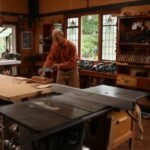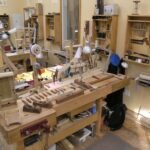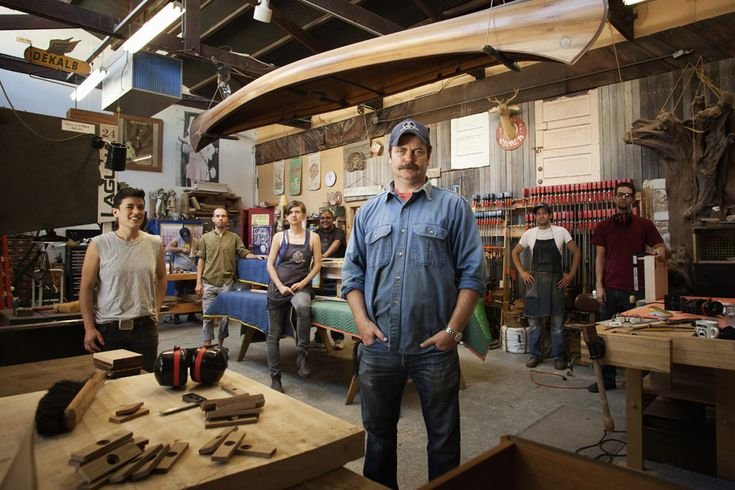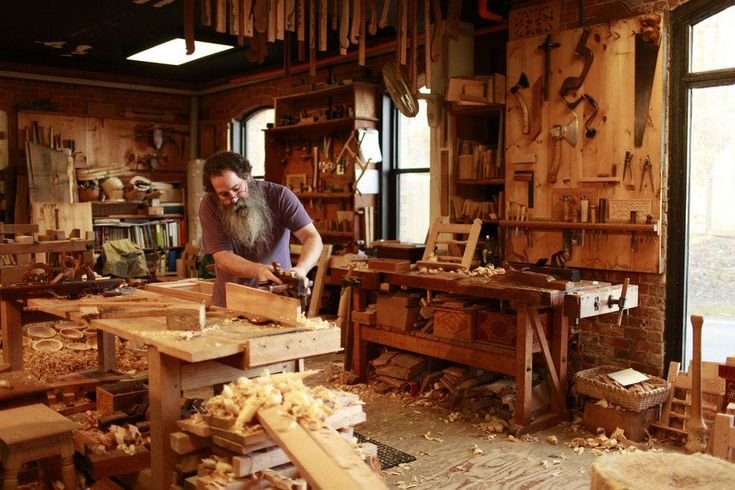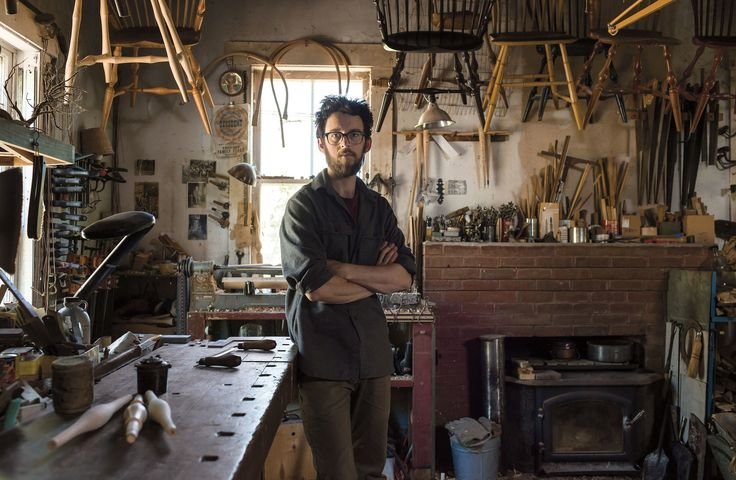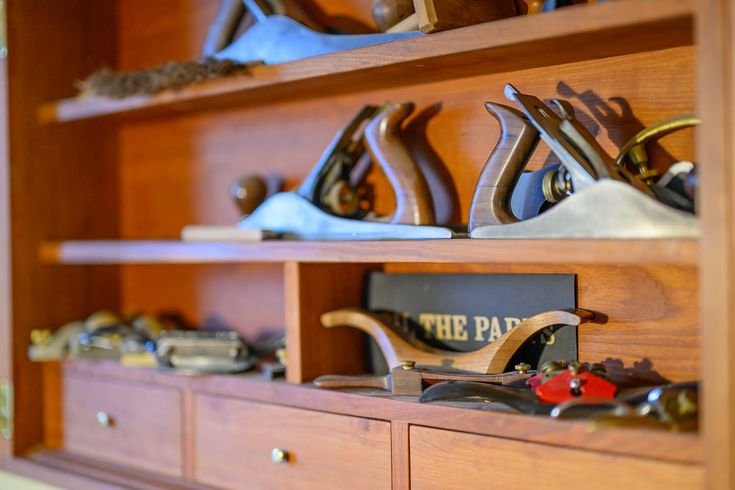A Little Tale of Edge Joint Woodworking
You know, there’s something magical about woodworking. There’s this smell of fresh-cut wood that just hits you like a nostalgic wave. It’s all rich and earthy, and sometimes, if I close my eyes, it takes me right back to my granddad’s workshop. And let me tell ya, there’s nothing like the sound of a saw cutting through lumber—sort of like music to my ears, if music were gritty and a little rough around the edges.
So I was getting into edge jointing a few months back. I mean, I’d seen folks doing it online, making these stunning tabletops and all. I thought, “How hard can it be?” Turns out, much harder than I naïvely imagined.
The Setup and The Doubt
I had my trusty old Ryobi table saw—had it for years, and even though it’s far from fancy, it gets the job done. I picked up some nice maple boards from the local lumber shop. They were pretty, all light and creamy with those swirls running through them. I figured they’d look stunning once they were glued up.
But man, the first step? Getting those edges straight. So, I busted out my jointer, a small but mighty model I’d splurged on months back. It was still gleaming with that “brand new” shine, and I felt like I was channeling some kind of woodworking wizard. I turned it on, and it hummed to life—a soft, comforting sound. But as I started feeding those boards through, I felt my heart race.
You see, I didn’t measure twice, cut once… I think I more like measured once and kind of hoped for the best. Big mistake. The first couple of joints were not great. I almost gave up and thought maybe woodworking just wasn’t for me. I mean, you’d think I was trying to climb Mount Everest the way my confidence plummeted.
An Unexpected Lesson
After a couple of rough patches—edges that didn’t quite meet, gaps that made it look like a kid had done it—I realized, “Wait a sec. I’m just not taking the time to do this right.” Took a deep breath, felt a bit like a defeated puppy, and decided to put in the effort. I pulled out my calipers, which I had never really used before—I was more of a “whip it out and see if it fits” kind of guy. But they worked like magic. I learned that, you know, measuring isn’t just for the weak.
Putting the boards through again, I took my time. I could hear the whirring of the jointer, almost like a gentle conversation. It felt like I was finally in tune with the task. Those edges started coming together like they were made to fit. And can I just say? The satisfaction of seeing those two boards click together, perfectly flush? Oh man, that was a moment. I almost laughed out loud.
The Glue-Up Adventure
Now, once the edges were nice and tidy, it was time for the glue-up. I used Titebond III because, well, I like to go for the good stuff. It has this nutty smell that I’ve come to love. Just gives me a sense of comfort, I guess. So, I clamped the boards together. I had this makeshift clamping system, kinda thing like a wrestling match where it’s just too many wrestlers trying to fit in a ring.
My clamps squeaked as I tightened them down, and I was feeling pretty good about the whole thing—until I noticed the glue seeping out from between the boards. Instead of panic taking over, I chuckled. It was like a bubbly, nervous giggle. I mean, come on, who hasn’t had that happen? I just wiped it off and hung out until it dried.
The Moment of Truth
Once that glue finally set, the next day I was like a kid on Christmas morning, unwrapping my gift of a tabletop. I pulled those clamps off, and oh boy, the moment was a mix of anticipation and fear. Would it be a glorious surface, or would it resemble a jigsaw puzzle?
I sanded it down, and my heart was racing the whole time. And when I finally reached that finish? It looked even better than I’d hoped. The grain popped, the edges were smooth, and it actually felt proud. I stood back, a bit of glue still stuck on my fingers, and realized it was all worth it.
A Reflection Over Coffee
So, if there’s anything I’ve learned through this whole messy adventure of edge joining, it’s that it doesn’t have to be perfect the first time around. A couple of hiccups, maybe even a moment of throwing your hands up in frustration, is part of the process. It’s all about persistence and not giving up.
I often think about how our experiences in woodworking parallel life—sometimes things get rough at the edges, and that’s okay. Just take your time, buff out the bumps, and let everything come together.
If you’re thinking about diving into edge jointing—or woodworking, really—just go for it. Don’t let the fear of mistakes hold you back. After all, some of the best pieces come from the most unexpected journeys. And who knows? You might just end up with a masterpiece, or at the very least, a good story to tell.

